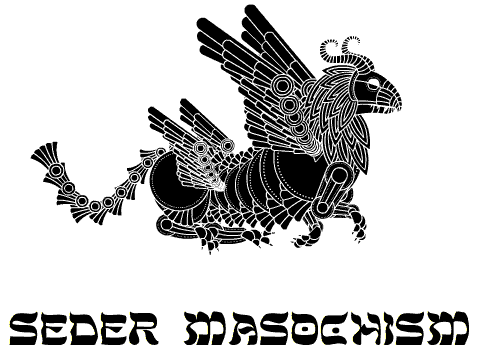We had a little breakthrough at Gray-Paley* Labs, doing trapplique with the embroidery machine.
Theo improved stitch quality within the Ziz, but for some reason our registration between layers is always off. As you can see, the machine stitches the registration borders 1-2mm apart on the bottom, while they’re almost exactly lined up at the top. We can’t get our satin stitch quite on target, because the registration step is always slightly off from the satin stitch step. We discovered the machine thinks the files are slightly different sizes. It’s Theo’s challenge to figure out why, since everything is exported from Mathematica at the same resolution.
Even with these problems, the trapplique is a big aesthetic step forward in the project, and if we can work out the remaining technical kinks I’ll be able to make a 12-frame cycle/12-panel quilt soon.

*Graley? PaleGray?










